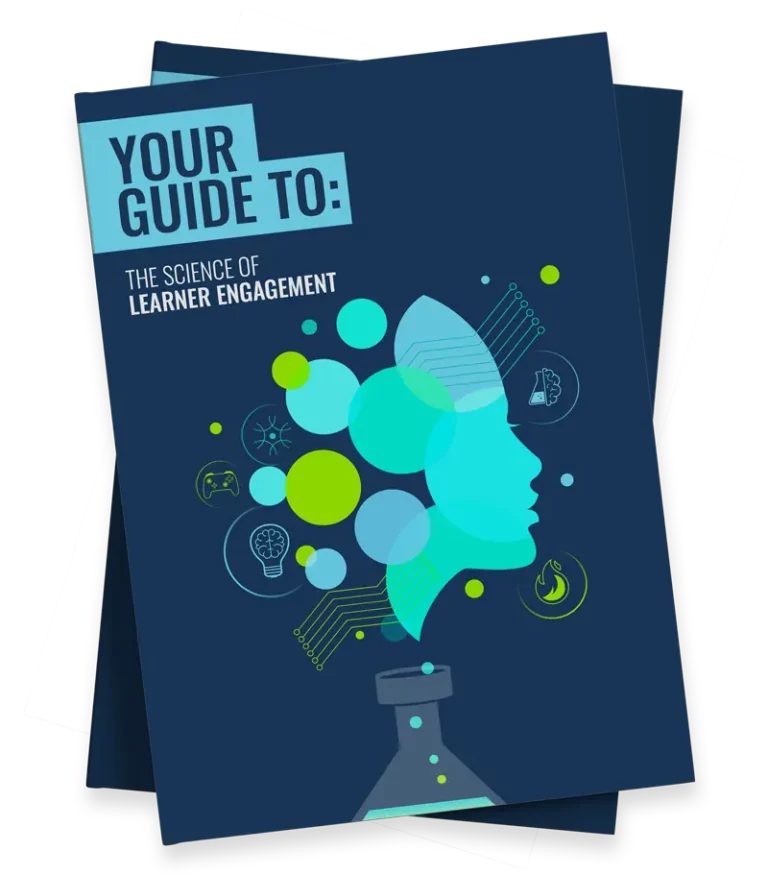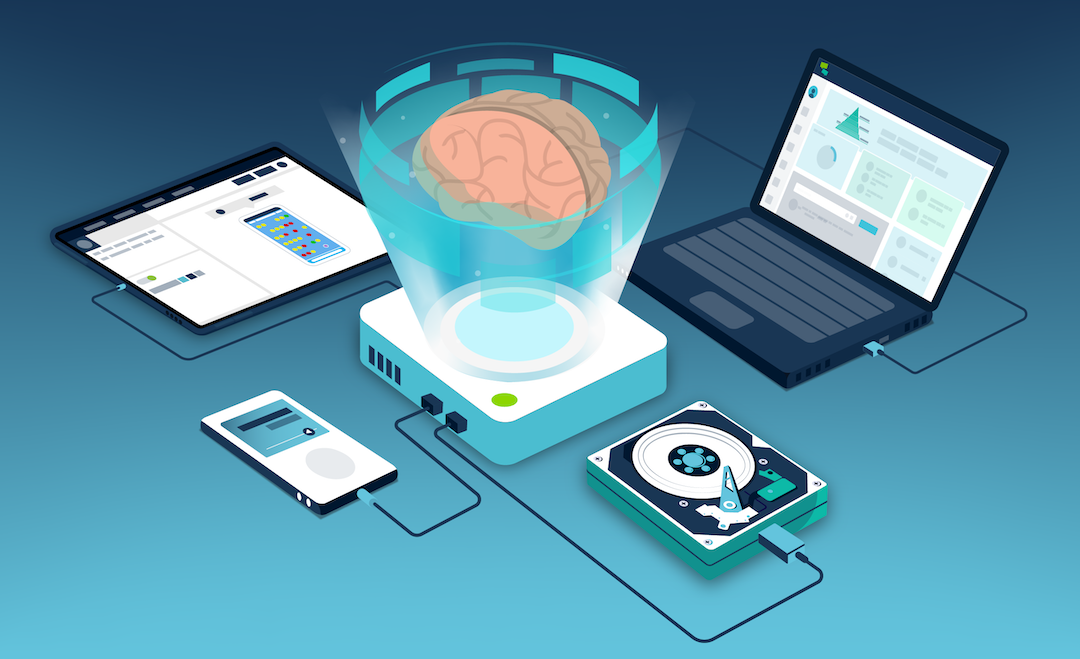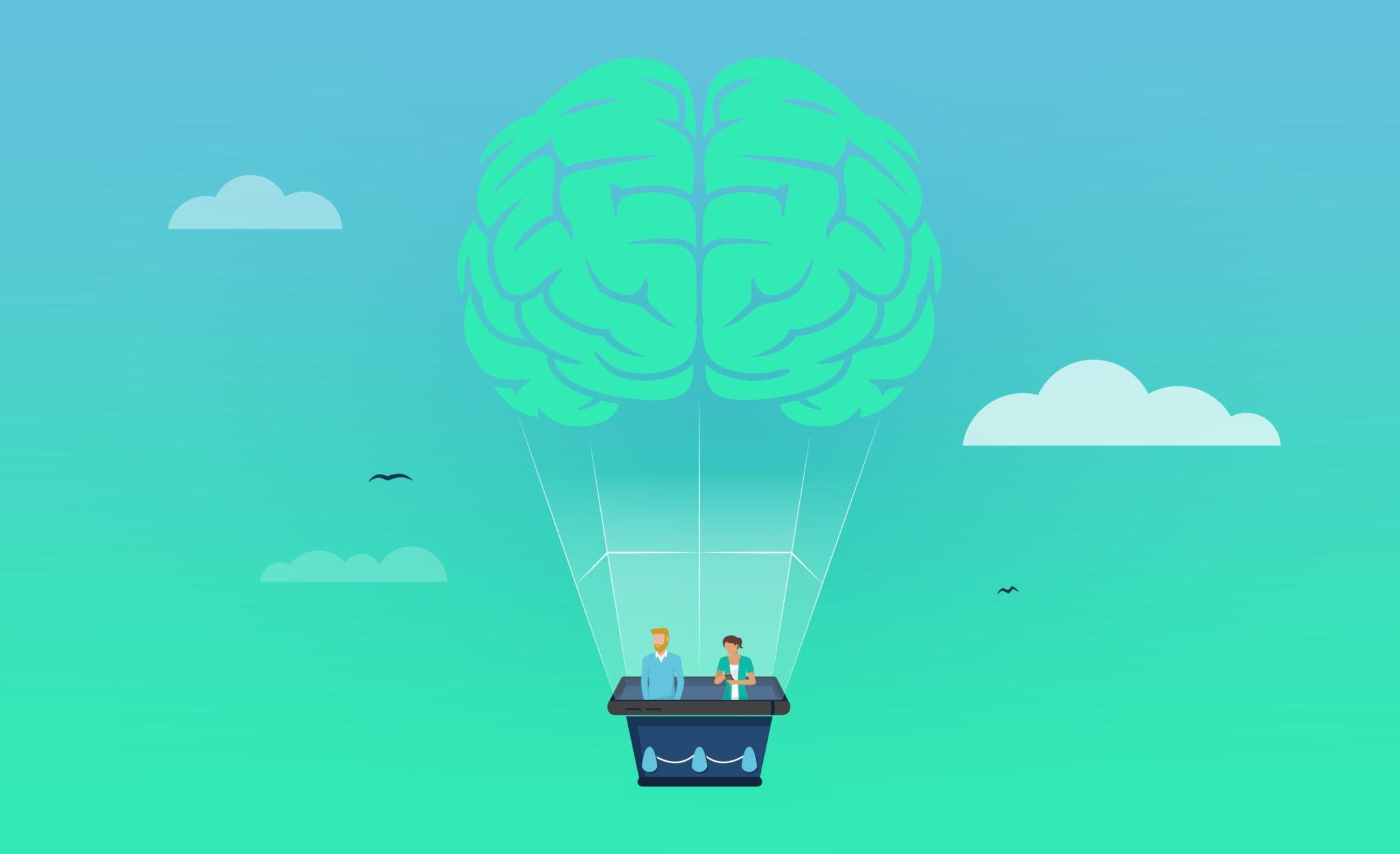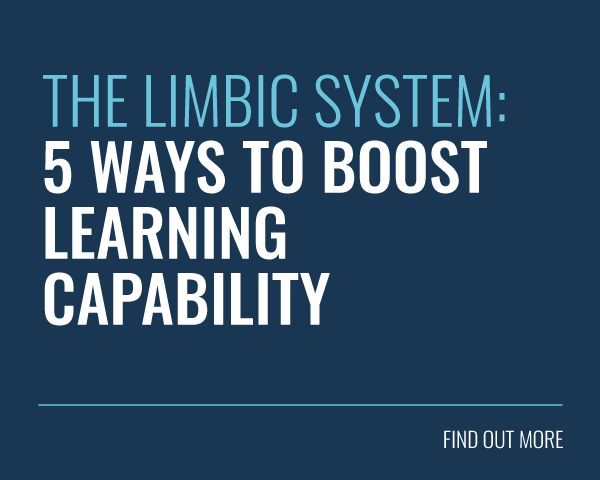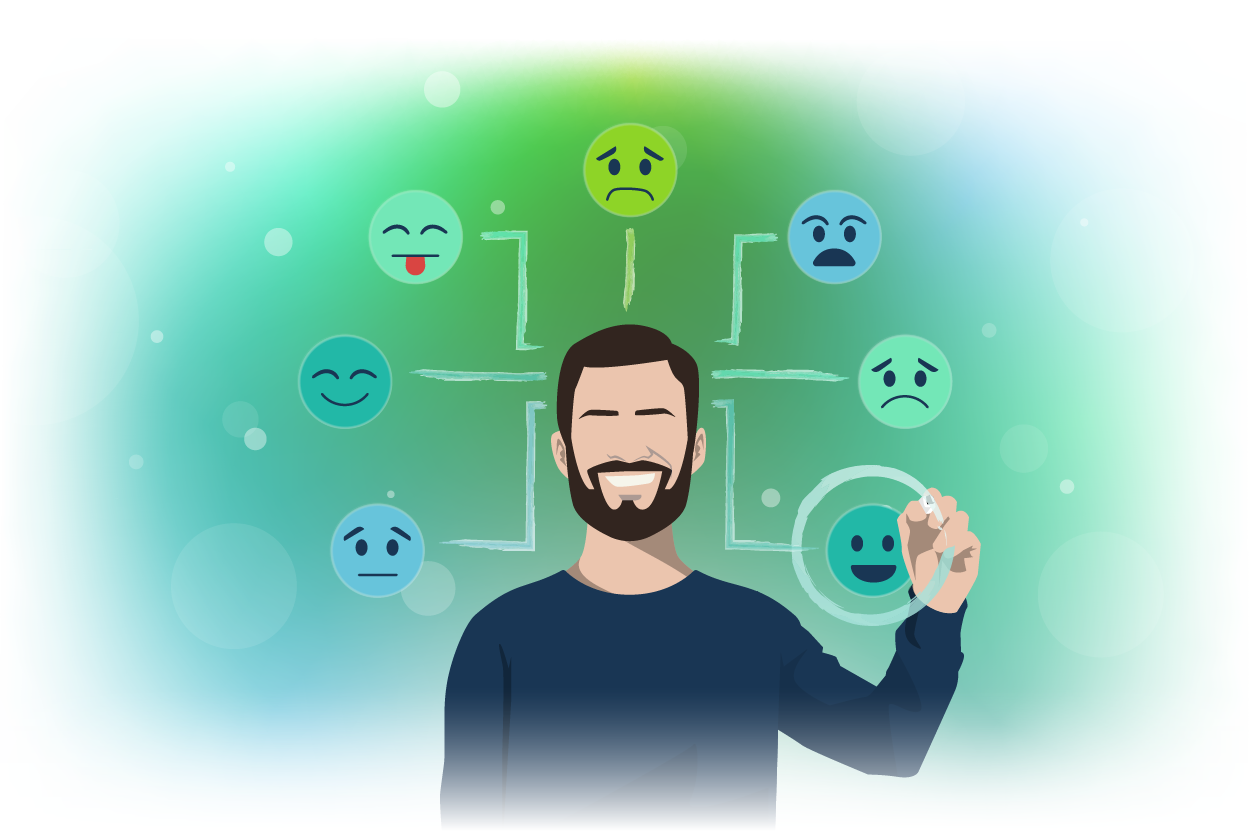
Think back to your most impactful learning moment. Was it a bullet point on a slide? Or was it a story, a high-stakes project that went sideways, or a mentor’s hard-earned advice? If it’s one of the latter options, there’s a good chance that’s because your amygdala recognised the emotional content of the experience and gave it a biological priority tag.
This tiny structure is often called the brain’s ‘fear centre’, but it’s actually activated by all intense emotions — both positive and negative. It’s a mighty engine in a small package and one that’s constantly scanning for salience (or emotional importance).
In this article we’ll explore the science of the amygdala and provide a practical toolkit for designing learning that genuinely resonates, sticks like velcro, and drives tangible results. Ready? Then let’s make your training unforgettable.
What is the Amygdala?
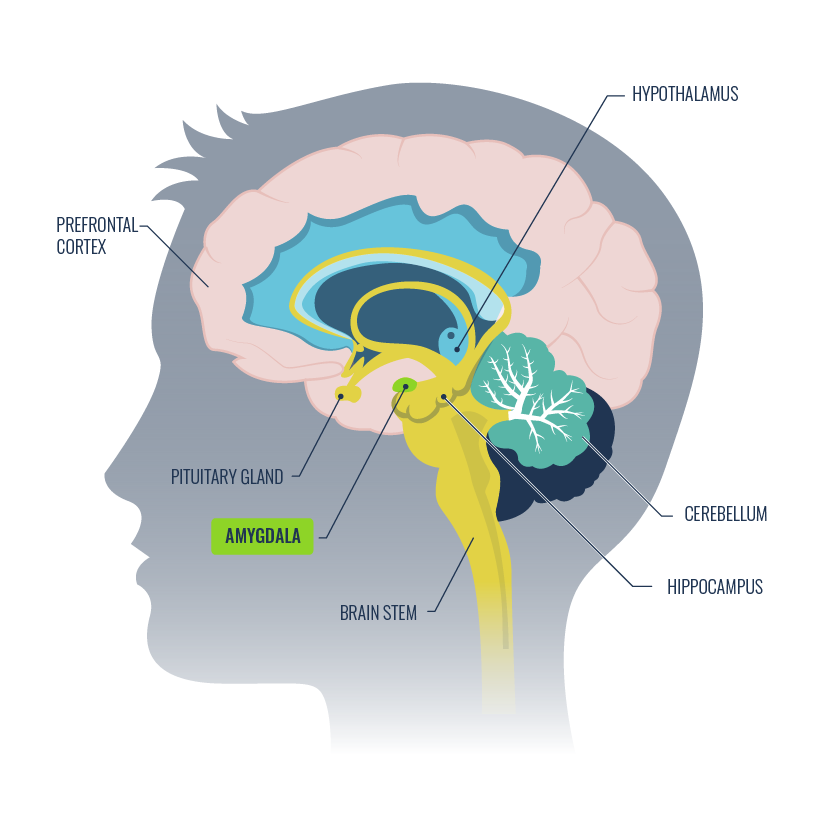
Your brain is under siege, taking in roughly 1 billion bits of sensory information every second. The sheer volume of this data is overwhelming, and without an efficient way to sort it, every new experience would be instantly lost or incredibly difficult to recall.
Thankfully, this is where your amygdala steps in to save the day.
This small yet influential cluster of neurons hides deep within each of your temporal lobes and is a key component of your brain’s limbic system. The name amygdala comes from the Greek word amygdalē, meaning ‘almond’, due to its small nut-like shape.
It functions as the central hub for emotion, memory, and motivation. In fact, you can think of the amygdala as your brain’s emotional highlighter. Its primary job is to detect and trigger the primal emotions vital for survival. It’s like an internal alarm system for threats (fear) and an amplifier for rewarding experiences (excitement and joy).
But its most powerful function for learning is its ability to double-underline and tag a memory as ‘critically important’. In turn, this process etches the memory with emotion, branding it for easy recall when you need it most.
The Memory Consolidation Process
Let’s look at how the amygdala performs this vital function. There are five clear steps to the ‘highlighting’ process:
- Emotional Engagement: Everything starts with a moment that sparks an emotion. Perhaps it’s the surprise and instant joy of seeing an old friend, or the jolt of fear you get when you nearly miss a step on the stairs.
- Amygdala Arousal: This emotional event ‘arouses’ the amygdala, switching it on so that it’s ready to take action.
- Hippocampal Handoff: Next, the amygdala sends a signal to the hippocampus, which is the part of your brain that’s responsible for forming and organising long-term memories.
- Connection Creation: This signal also triggers the release of neurotransmitters like dopamine (the anticipation chemical) and norepinephrine (which helps to sharpen our focus). This process strengthens the pathways and connections between relevant neurons.
- Recall Ready: With the memory now tagged and chemically reinforced, it’s effectively locked into a robust, long-term storage format. As a result, it will be far easier and faster to recall when you need it. Hurrah!
So, as you can see, the amygdala doesn’t create the memory itself. Instead, it tells the rest of your brain: ‘this one’s worth keeping’. It’s the biological reason why you can forget what you ate for breakfast yesterday, but vividly remember falling off your chair during an important meeting ten years ago.
For learning professionals, this isn’t just a neat scientific fact. Instead, getting to grips with how the amygdala works is the master key for designing training that engages on a deeper level.
Why This Matters
For years, corporate training has been plagued by a silent epidemic: the forgetting curve. This memory model reveals a brutal truth: we forget 50% of new information within a day and 90% within a week. Consequently, this steep memory loss makes traditional training an expensive and high-risk gamble.
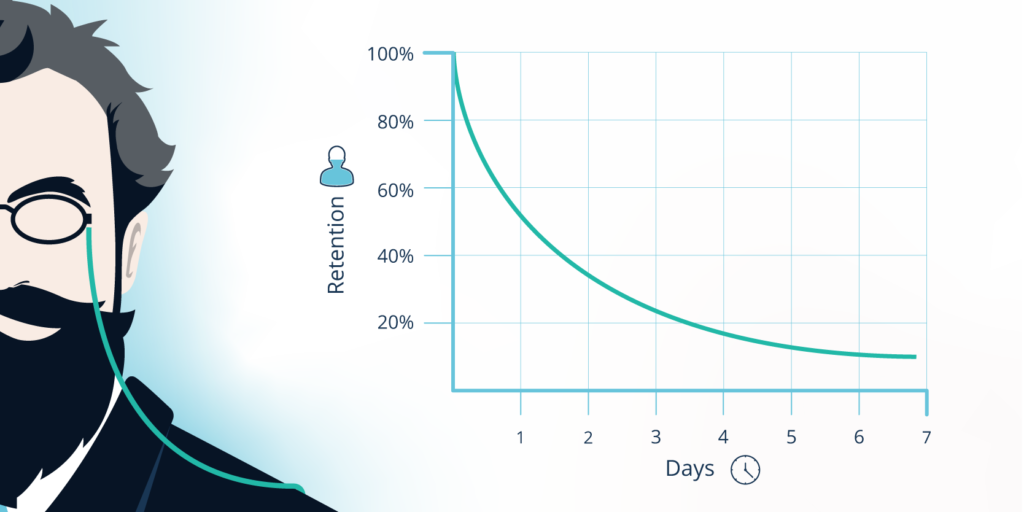
We’ve all seen it happen:
- Compliance courses that fail to prevent critical violations.
- Sales training programmes that don’t move revenue figures.
- And customer support training that doesn’t improve satisfaction scores.
Why? Because run-of-the-mill, information-laden, and emotionally-neutral training fails to trigger the amygdala. And without this powerful emotional highlighter taking action, our brains have no biological reason to prioritise the information. Consequently, it will quickly slip down the steep slope of the forgetting curve. This can result in:
- Poor Performance: Learners can’t apply forgotten knowledge. In turn, this means that performance won’t improve. This failure is quantifiable: recent research has shown that only 10% of corporate training initiatives result in the actual transfer of knowledge, skills, and behaviours to the workplace. The rest is just noise.
- Compliance Risks: Training failures also increase the risk of compliance failures. And this is no joke. Organisations with a high level of non-compliance with regulations show an average data breach cost of $4.4 million. Yikes!
- Learner Disengagement: When training fails to resonate emotionally, learners quickly tune out. Indeed, this study shows that the average completion rate for online courses is now as low as 12.6%. We cannot move the needle on performance with such limited engagement.
- Training ROI: When training fails to transfer and learners disengage, your financial return will collapse. The resulting wastage can be devastating, with ineffective training costing companies an estimated $13.5 million per 1,000 employees every year.
Thankfully, the amygdala acts as a biological firewall against the forgetting curve. In fact, brain imaging (fMRI) demonstrates this, showing that higher amygdala activity is directly associated with greater knowledge retention.
To put this in more tangible terms, this study tracking memory loss found a dramatic difference:
- Neutral, untagged information resulted in a 41% memory loss after a delay.
- Emotionally tagged scenes showed greater resilience, resulting in only 19% memory loss.
In other words, retention was twice as high for emotionally tagged scenes. Clearly, we must intentionally design training to arouse the amygdala and transition from merely delivering information to strategically forging memories.
But how exactly do we achieve this powerful emotional shift?
5 Ways to Activate the Amygdala
Understanding the science is one thing, but applying it is another. Fortunately, you don’t need a science lab or a neuroscience degree to leverage the amygdala. Instead, you simply need to shift your design approach to intentionally prioritise emotion and impact.
Here are five practical ways to achieve this:
1. Use The Power of Storytelling

Our brains are fundamentally wired for narrative. Stories hold power because they trigger empathy, build tension, and create an emotional resolution. This journey ensures the lessons embedded within the narrative get instantly tagged by the amygdala as ‘important’.
This effect is profound. According to cognitive psychologist Jerome Bruner, a fact is 22 times more likely to be remembered when it’s wrapped in a story.
In other words, don’t just present facts and figures. Frame case studies as a hero’s journey, personify common workplace challenges as villains, present difficult moral choices, use relatable characters, and craft compelling dialogue.
2. Exploit The Unexpected

Novelty and the unexpected are immediate survival signals that jolt the amygdala into action, forcing the brain to sit up and pay attention. This type of curiousity is an itch that the brain must scratch.
Indeed, when a person is curious (or has an information gap they’re seeking to fill), activity significantly increases in the dopaminergic reward pathways, putting the brain into a highly receptive state.
With this in mind, why not start your eLearning module with a provocative question, a challenging statistic, or even a branching scenario with an unexpected M. Night Shyamalan-esque twist? The surprise can often force the learner to re-evaluate and engage on a deeper level.
3. Challenge Through Gamification

Healthy competition and a suitable level of challenge are potent amygdala activators. The cycle of effort and achievement triggers the release of dopamine in our brain’s reward pathways, helping to cement the learning into our long-term memory.
Interestingly, research suggests that the brain is more motivated by a ‘near win’ than by an outright victory. This is because feelings of competitive tension and frustration hold more power than an easy outcome.
Gamification is the ideal mechanism to introduce this tension. Use experience points, badges, and leaderboards not as empty rewards, but as clear markers of progress and mastery. Ensure each mechanic represents a demonstrable skill to ensure the success is emotionally resonant.
4. Build Meaningful Connections
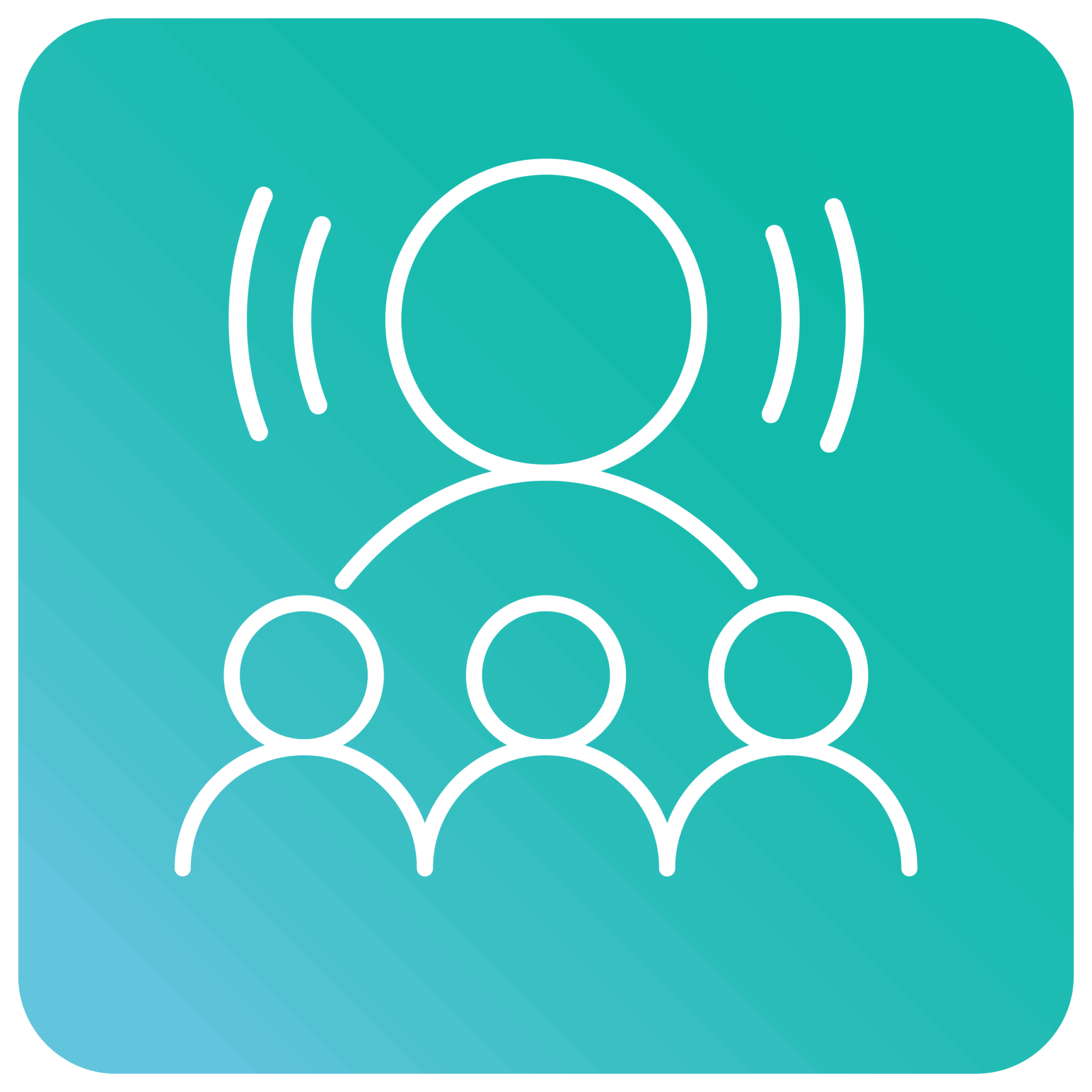
As highly social creatures, feelings of belonging, recognition, and validation are deeply motivational. This isn’t just a preference. It’s a fundamental need (according to Baumeister and Leary’s ‘Need to Belong’ theory) that activates our emotional brain.
This is why positive social interactions trigger the release of neurotransmitters like oxytocin, enhancing trust and bonding. In turn, this ensures that knowledge gained in a social context is prioritised for memory storage.
If you have a learning management system, use its social features to create guided discussions, offer access to experts, and facilitate group challenges. This expands the boundaries of your learning programme and creates a sense of shared purpose.
5. Embrace True Variety
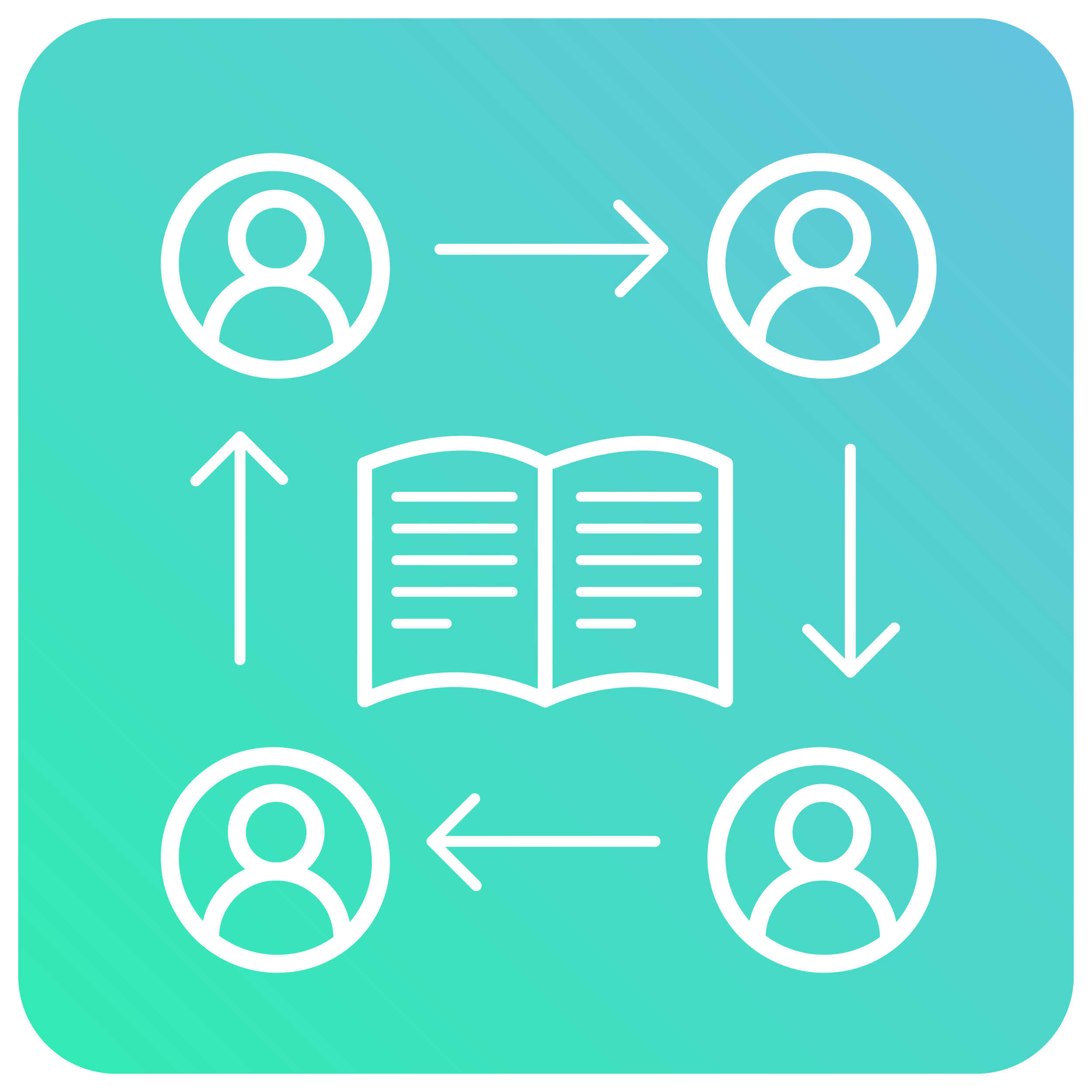
Variety in presentation is key because images, audio, and video can evoke emotions at a subconscious level, long before conscious processing occurs. This is the neurobiological difference between a deeply moving film like Paddington 2 and a dry instruction manual.
Evidence confirms this: research shows that emotionally arousing visuals strongly activate the amygdala, compelling it to tag the learning experience accordingly.
This means that it’s time to ban generic stock photos and clip art. Instead, use authentic, high-quality images and videos that tell a story and feature real people displaying genuine emotions. As a result, you’ll instantly create an empathetic, emotional understanding of the point at hand.
Avoiding Amygdala Overload
We’ve meticulously explored how to activate the amygdala, but it’s also important to acknowledge that this powerful part of our brain requires careful handling.
After all, there’s a critical difference between productive arousal (curiousity, challenge, surprise) and destructive stress (anxiety, fear, shame). The latter can derail learning entirely by triggering a fight-or-flight response.
Compare how a team leaderboard challenge creates excited tension with how being publicly reprimanded generates fear. With the more extreme option, you risk flooding the brain’s prefrontal cortex with stress hormones that effectively shut down higher-order thinking.
So, how do we harness the amygdala without overloading it? Here are our three tips:
1. Psychological Safety

For memory encoding to occur, the brain must be free from perceived social threat. When mistakes result in shame or public anxiety, the amygdala interprets this as danger (see ‘The SCARF Model’), compromising the entire learning process.
Your learners should see their training environment as a risk-free laboratory. With this in mind, provide them with anonymity in competition (where relevant), offer unconditional positive regard in your feedback, and ensure that assessment failures are viewed as data points for improvement, not as personal failings.
2. Design for Mastery

To create positive emotions, rewards must be tied to intrinsic achievement, not simply avoiding negative consequences. The neurochemical goal is to make the learner feel competent and capable, not just relieved that they avoided punishment or a tedious task.
With this in mind, make sure your gamified rewards reflect this value. A badge for simply logging into your learning platform isn’t half as meaningful as a full certificate for completing a learning pathway.
3. Always Be Mindful

Training sometimes requires tackling sensitive topics (e.g. harassment prevention or serious safety incidents). Remember, the goal here is sobering awareness, not traumatic stress. As such, you’ll need to manage the emotional intensity carefully.
Where necessary, use content warnings, provide easily accessible support resources, and allow for breaks. Your goal is to create a lasting memory that promotes safe behavior, not a distressing one that undermines learning.
Ultimately, wielding this emotional highlighter is not about creating drama, it’s about creating meaning. By designing for positive challenge, resonant stories, and authentic connection, you’ll ensure the amygdala becomes your greatest ally in building learning that lasts.
Final Words
Forgettable training has a steep cost. Thankfully, basic neurology provides the solution. The amygdala isn’t just a fascinating bit of biology. It’s the key to unlocking learner potential on a massive scale.
If you want your learners to feel the thrill of mastery, the curiosity of the unsolved, or the pride of achievement, then you need to design directly for those emotional states.
Use story, challenge, surprise, and social connection as your primary tools. Highlight the meaningful within your content, and the meaningful will be remembered. Make it emotional, and you’ll make it unforgettable.
Thanks for reading. If you’ve enjoyed this content, please connect with me here or find more articles here.
You now have the key to making learning stick. To master the rest of the science and build a full, neuroscience-friendly learning strategy, download your copy of ‘The Science of Learner Engagement’ guidebook now!

